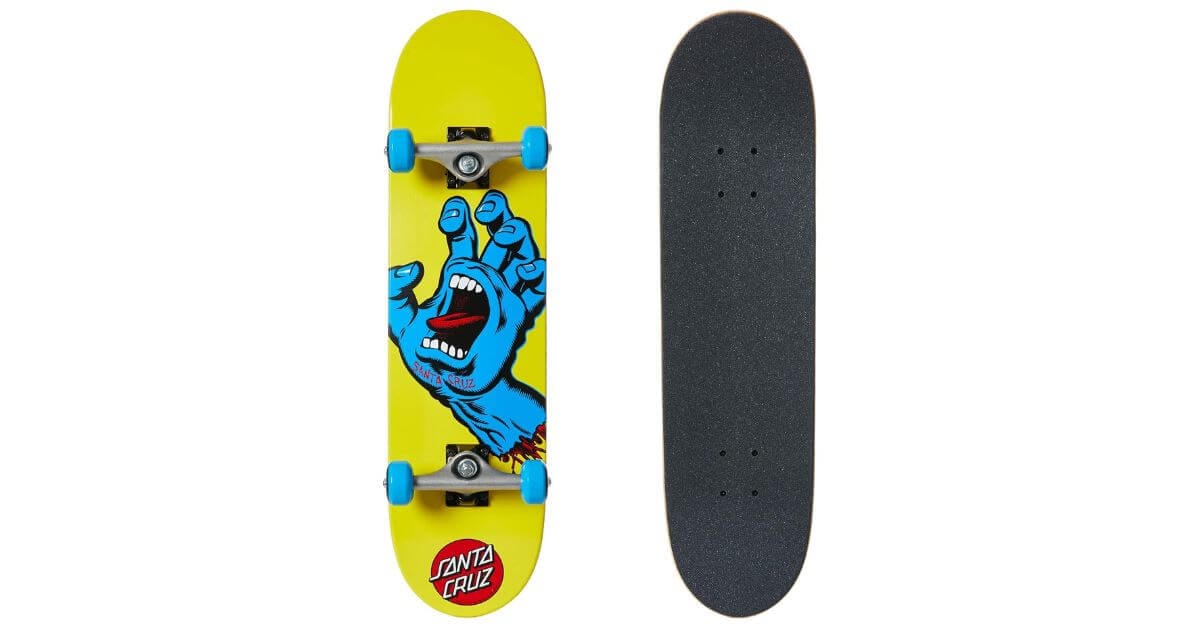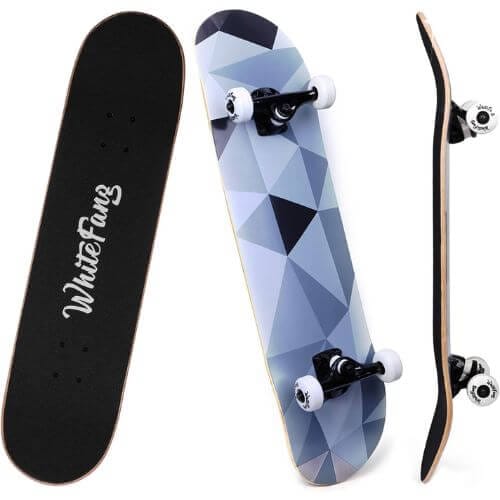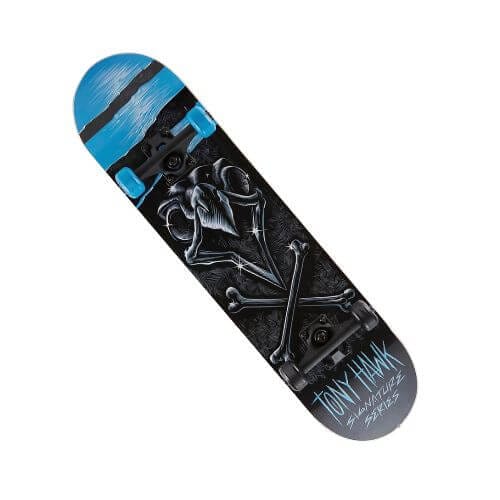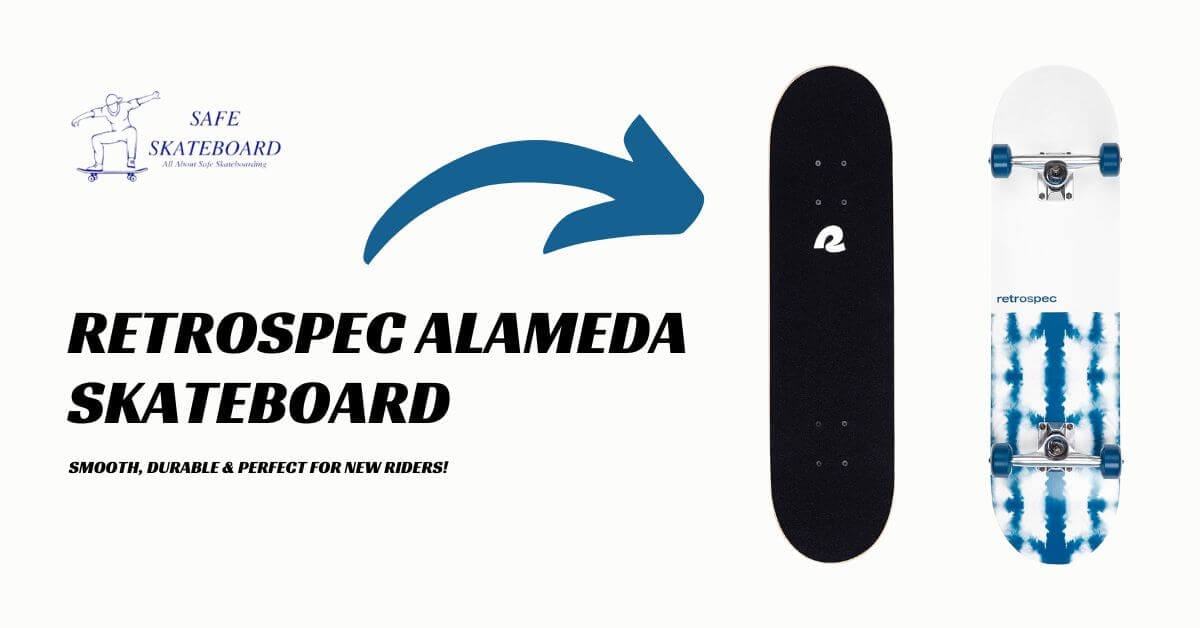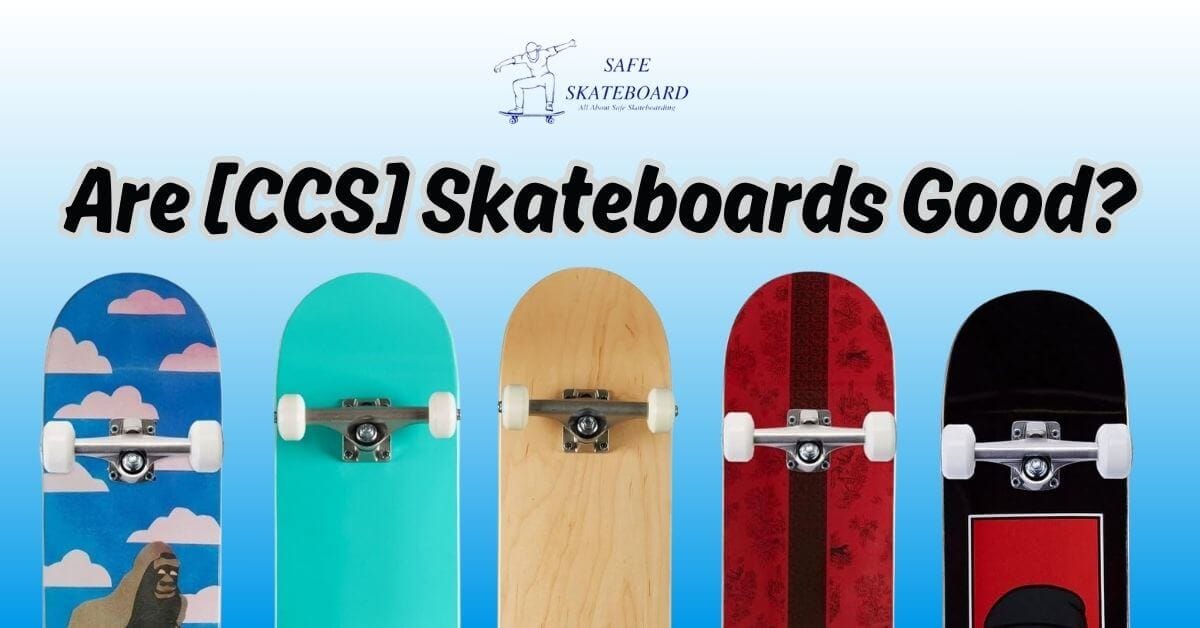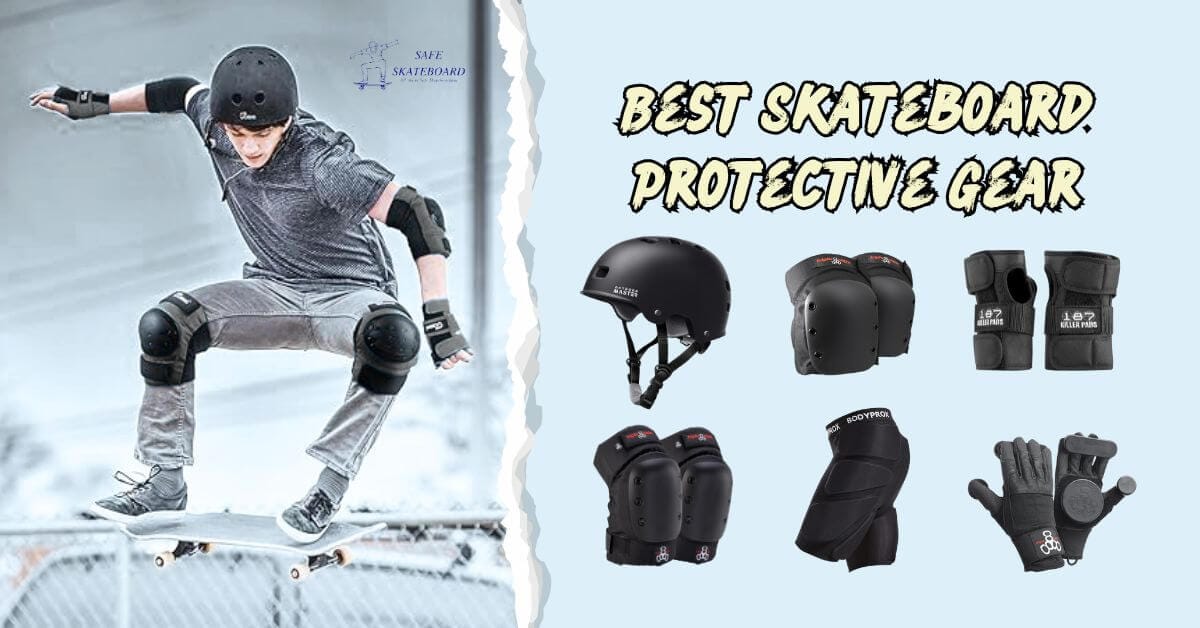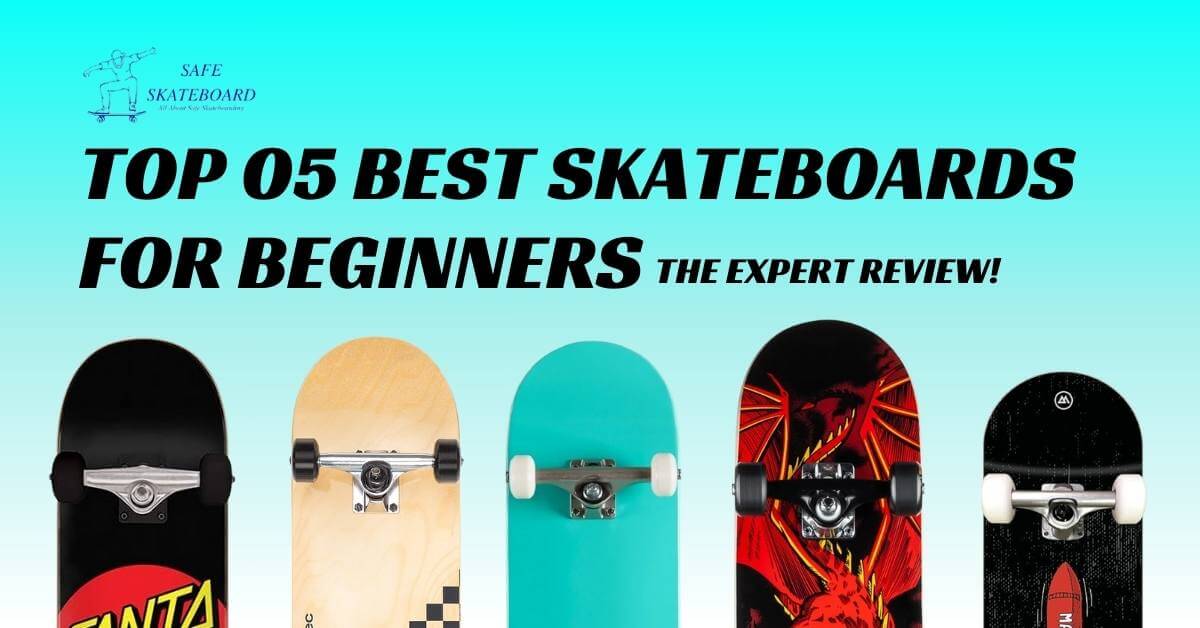Longboarding feels free and fun. But learning to stop on a longboard is just as key as learning to ride. If you’re cruising around the block or going downhill fast, knowing how to brake keeps you safe.
There are several methods to stop a longboard, each suited to different situations and levels of expertise. Stopping isn’t hard, but it does take practice. It’s not only about dragging your foot. It’s also about balance, timing, and choosing the right way to stop.
In this guide, you’ll learn easy ways to slow down or stop. Each method is simple and safe. With a little practice, you’ll feel more in control and ready for any ride.
Let’s jump in and learn how to stop with skill and confidence!
Understanding Longboard Braking Techniques
Stopping on a longboard seems tricky at first. Don’t worry; you’re not alone in feeling this way. Let’s explore some braking techniques to keep you safe.
01. Breaking with your feet
Foot braking is one of the easiest and safest ways to stop your longboard while riding. Lift your back foot gently and place it on the ground. Begin with light pressure.
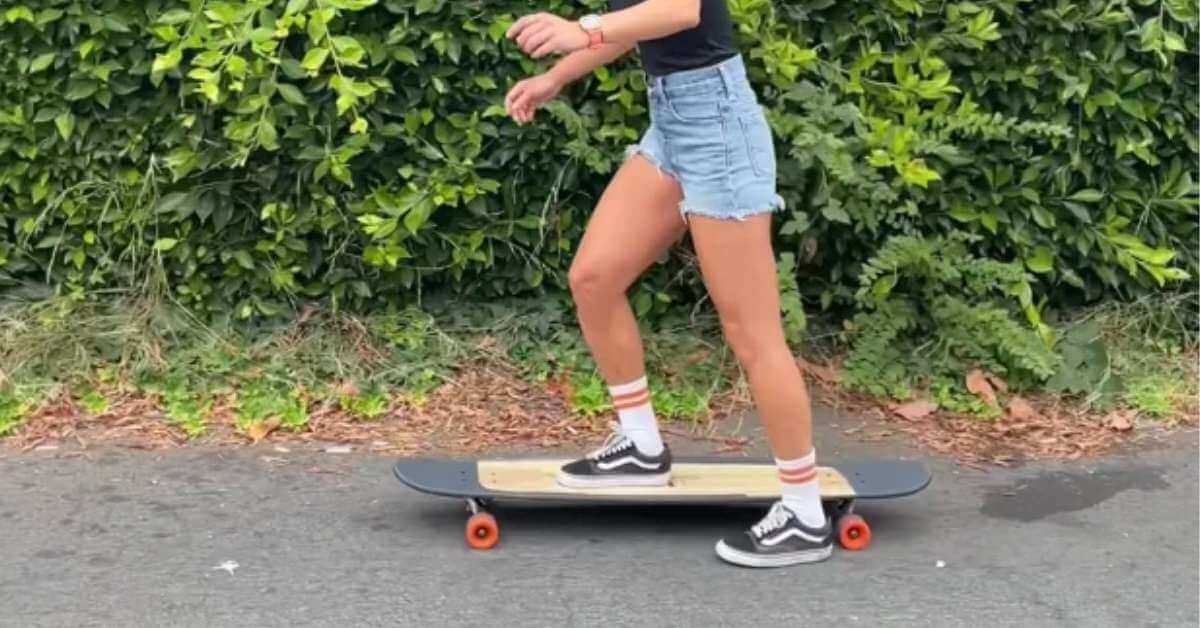
Gradually increase the force as you get comfortable. Your shoe sole will act as a brake pad, slowing you down. Make sure to keep your front foot steady on the board. Aim for a smooth drag rather than a sudden stomp.
Finding the right balance between your feet is essential to avoid wobbling. Wear shoes with durable soles for this technique.
Practice in a safe, flat area before tackling hills. Once you master foot braking, your confidence in the board will soar!
02. Breaking with sliding techniques
Sliding is another awesome way to stop your longboard. It involves shifting your weight and turning your board sideways.
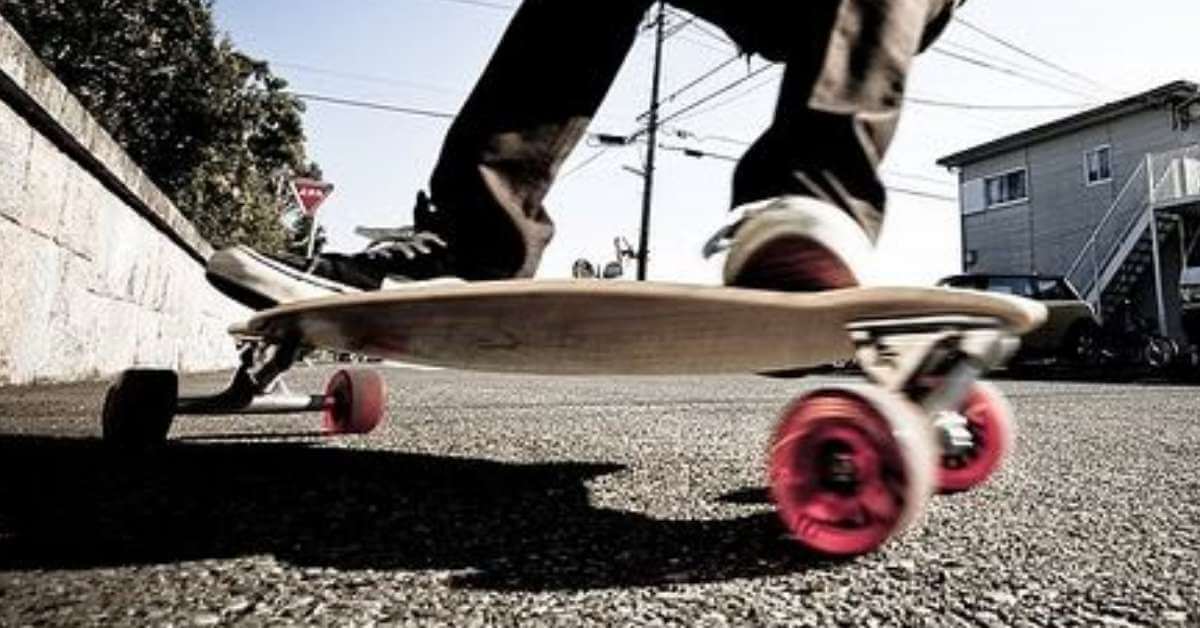
As you ride, crouch down a bit for better balance. Kick out your back foot while keeping your front foot steady. Your board will slide, slowing you down quickly. It helps to practice on a slight hill first. Remember to wear protective gear like slide gloves and knee pads.
You don’t want scraped hands and knees. Sliding can be tricky initially, but you’ll get the hang of it with practice.
Practicing Proper Body Positioning
Proper body positioning is crucial when learning to stop on a longboard. Start by slightly bending your knees. This will give you better control and stability.
01. Balancing your weight suggests
Balancing your weight on a longboard is key to mastering your stop techniques. First, keep your knees bent slightly. This helps you stay flexible and absorb shocks from the ground.
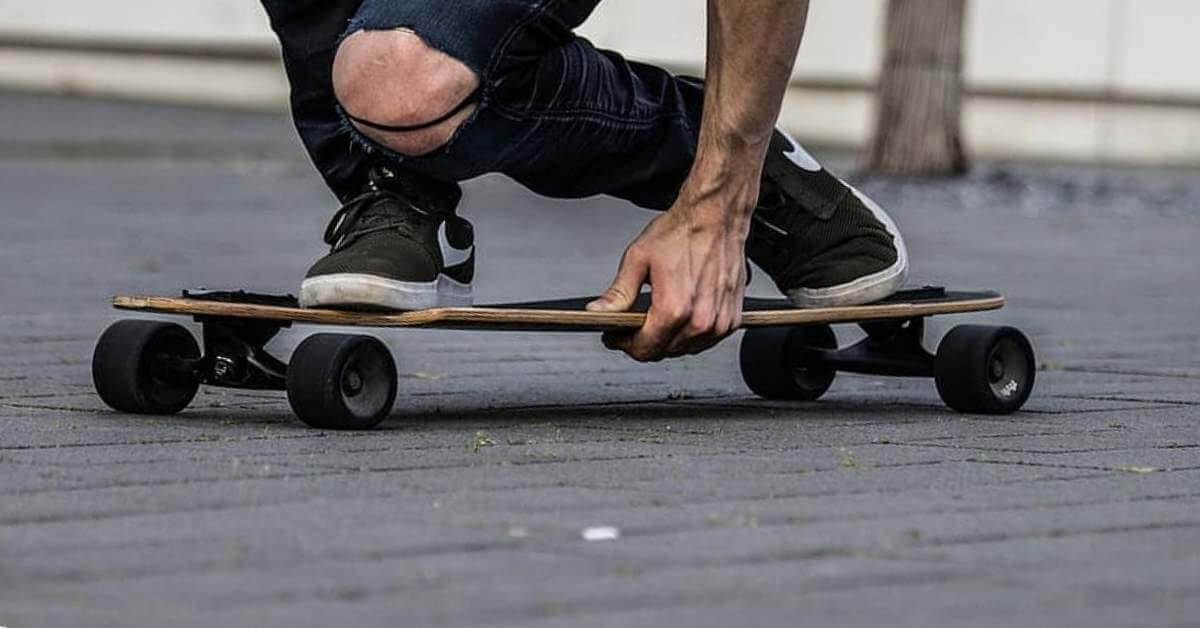
Next, focus on centering your weight. Don’t lean too far forward or backward. So, it will help you avoid falls and keep the board stable. Feel the board beneath your feet. Shift your weight smoothly when needed.
For example, lean back when braking with your foot to maintain balance. At the same time, distribute your weight evenly over both feet. This ensures you don’t lose control.
Pay attention to your upper body, too. Keep it relaxed yet ready to react to changes in the terrain. By practicing these tips, you’ll feel more confident and in control while longboarding!
02. Maintaining a stable stance
Imagine you’re cruising on your longboard, feeling that perfect balance. To maintain a stable stance, start with your feet. Place them shoulder-width apart.

This gives you a solid foundation. Bend your knees slightly to keep your center of gravity low. It also makes it easier to absorb bumps and cracks in the pavement.
Keep your shoulders aligned with your feet. This helps direct your movements and keeps you agile. Try to look ahead instead of staring down at your feet. It prepares you for any obstacles in your path. Maintain a relaxed posture without stiffening up.
Your stance is the core of your control on the board. Practice it regularly to enhance the overall longboarding experience and make shopping a breeze.
Utilizing Slide Gloves for Safety
Slide gloves are crucial for longboard safety. They can save your hands from nasty injuries if you’re into downhill or sliding. In this section, I’ll show you Slide Gloves for Safety.
01. Importance of slide gloves
Slide gloves are a game changer in longboarding. They protect your hands from scrapes and bruises.
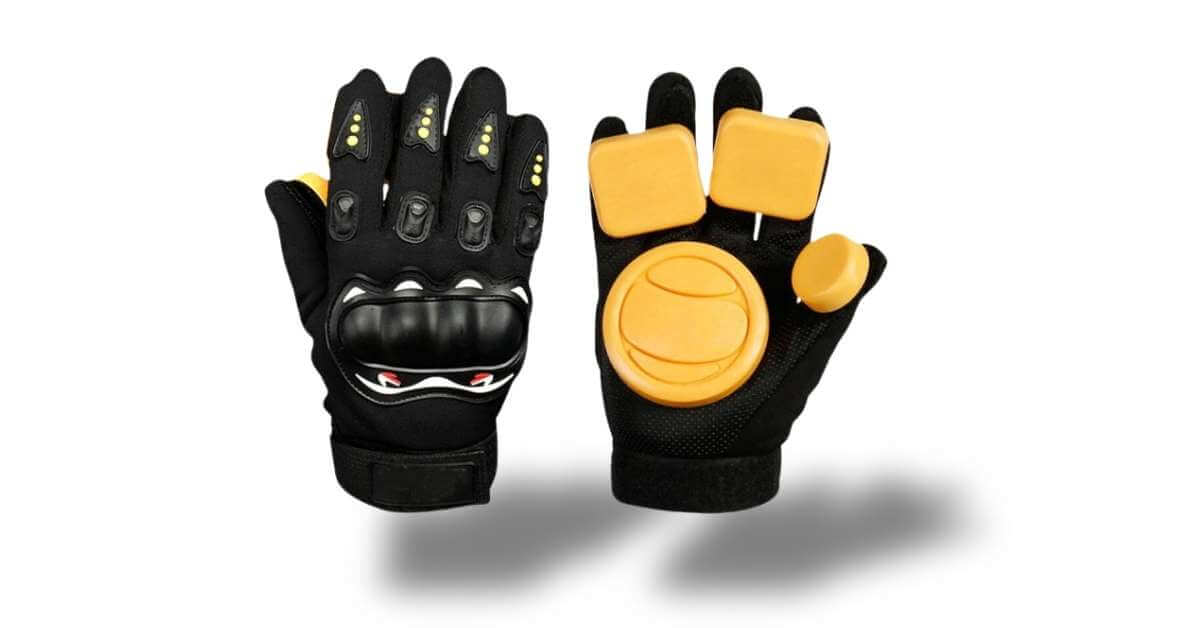
When you’re going fast, falling is always a risk. With slide gloves, you can manage those falls better. They help you stop safely without injuring yourself.
Using them adds a layer of confidence to your ride. You can practice slides and sudden stops with more ease.
Over time, this leads to better control and improved skills. Plus, they extend the life of your regular gloves by taking on the brunt of the impact.
With slide gloves, you’re safer and more skilled on your longboard. They are an essential piece of gear for any serious rider. So, suit up and ride smarter and safer!
02. How to use slide gloves effectively
Start by selecting gloves that fit well. A snug fit ensures better control. Wear your slide gloves before you head out. Make sure they are secure and comfortable.
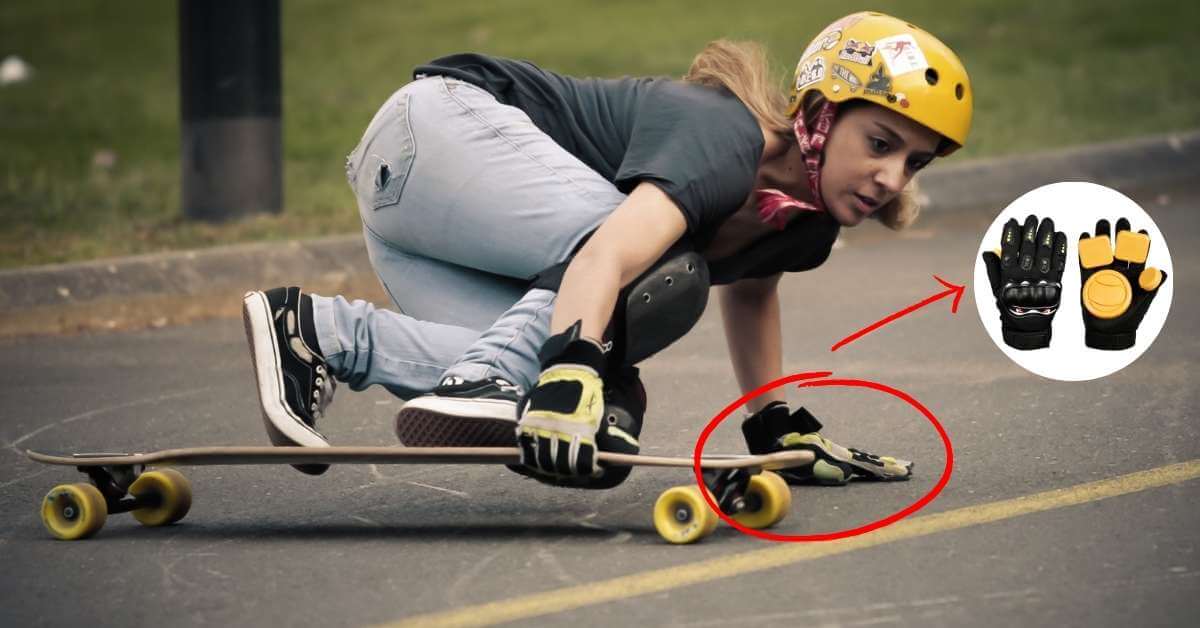
Practice using them on soft ground first. Get a feel for how they slide. When you’re ready, find a gentle slope. Approach it with moderate speed.
Place your hands down gently on the pavement. Aim to touch the palm of the glove. Shift your weight as needed to control your slide.
Always keep your fingers closed to avoid injury. Use your gloves consistently. With time, you’ll develop confidence and skill. Enjoy the added safety and control they provide!
Frequently Asked Questions (FAQs)
How to stop on a longboard when going fast?
When riding fast, foot braking might not be enough. Try a slide stop instead. To do this, turn your board sideways and lean into the slide. This helps slow you down quickly. Make sure to wear slide gloves and pads for safety.
How to stop a longboard on a hill?
To stop on a hill, you can carve to reduce speed first. Then use foot braking or slide to come to a full stop. Never jump off the board at high speed; it’s unsafe. Practice stopping on small hills before trying steep ones.
Is foot braking difficult?
Not really. It just takes some practice. Start slow, and you’ll get the hang of it.
Can beginners try sliding to stop?
Absolutely, but ensure you’re comfortable with basic riding first. Practice makes perfect!
Do I need slide gloves?
Yes, especially if you plan to use sliding techniques. They protect your hands and improve control.
What’s the best way to position my body while braking?
Keep your weight centered and maintain a low, stable stance. It helps with balance.
Does speed matter when stopping?
Yep! Always brake gradually. Sudden stops at high speeds can be risky.
Wrapping Things
Stopping on a longboard isn’t rocket science. With practice, you’ll master the art of braking in no time. Remember to start slow and build your confidence gradually. It’s all about getting comfortable with different techniques.
Using slide gloves can make a huge difference in safety and control. Don’t skip out on them if you’re serious about sliding.
Keep your body positioned correctly, with your weight balanced and stance stable. Whether it’s foot braking or sliding, consistency is key.
Keep practising; soon, these stopping methods will feel like second nature. Enjoy your ride, stay safe, and have fun on your longboard!


